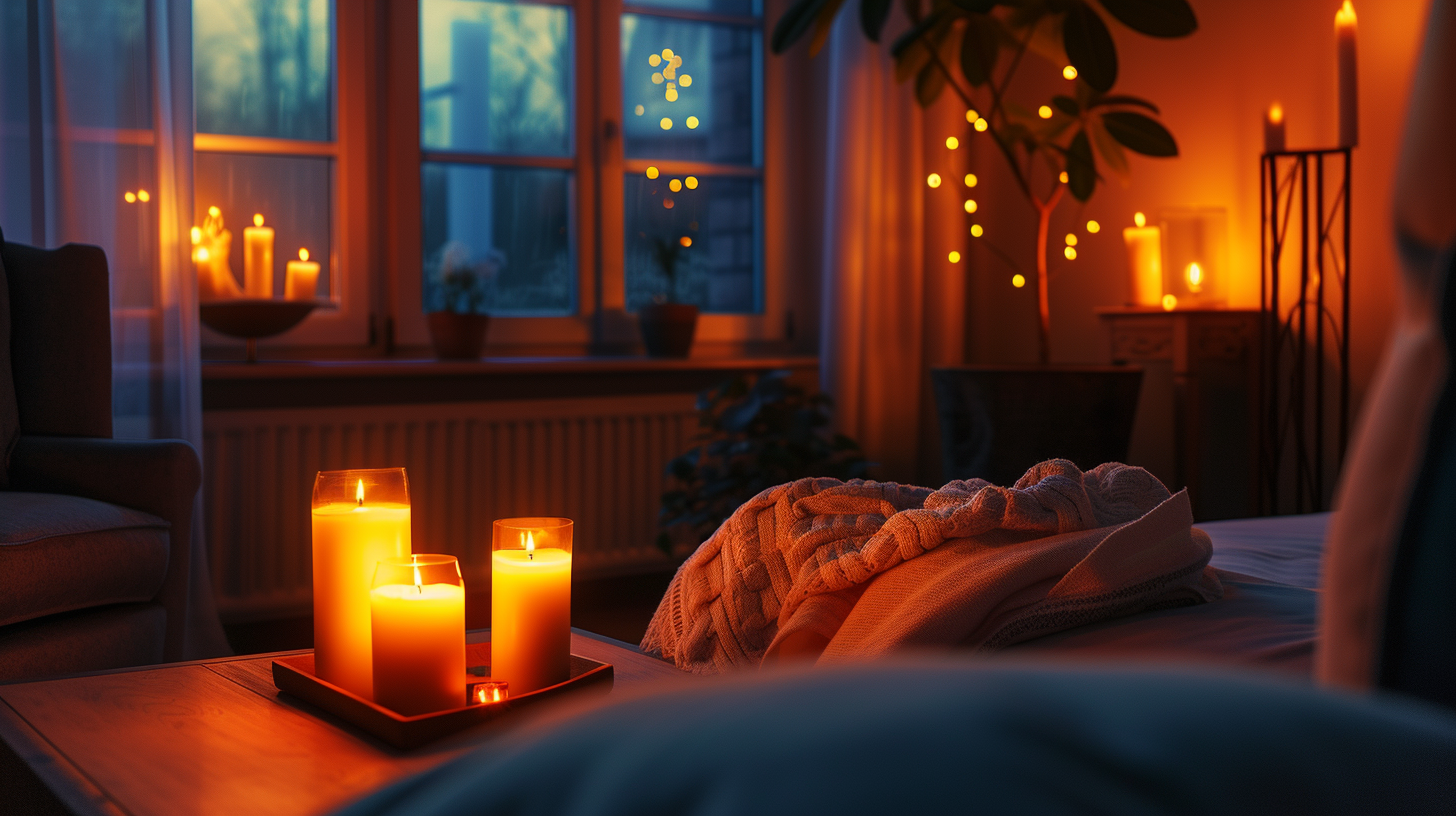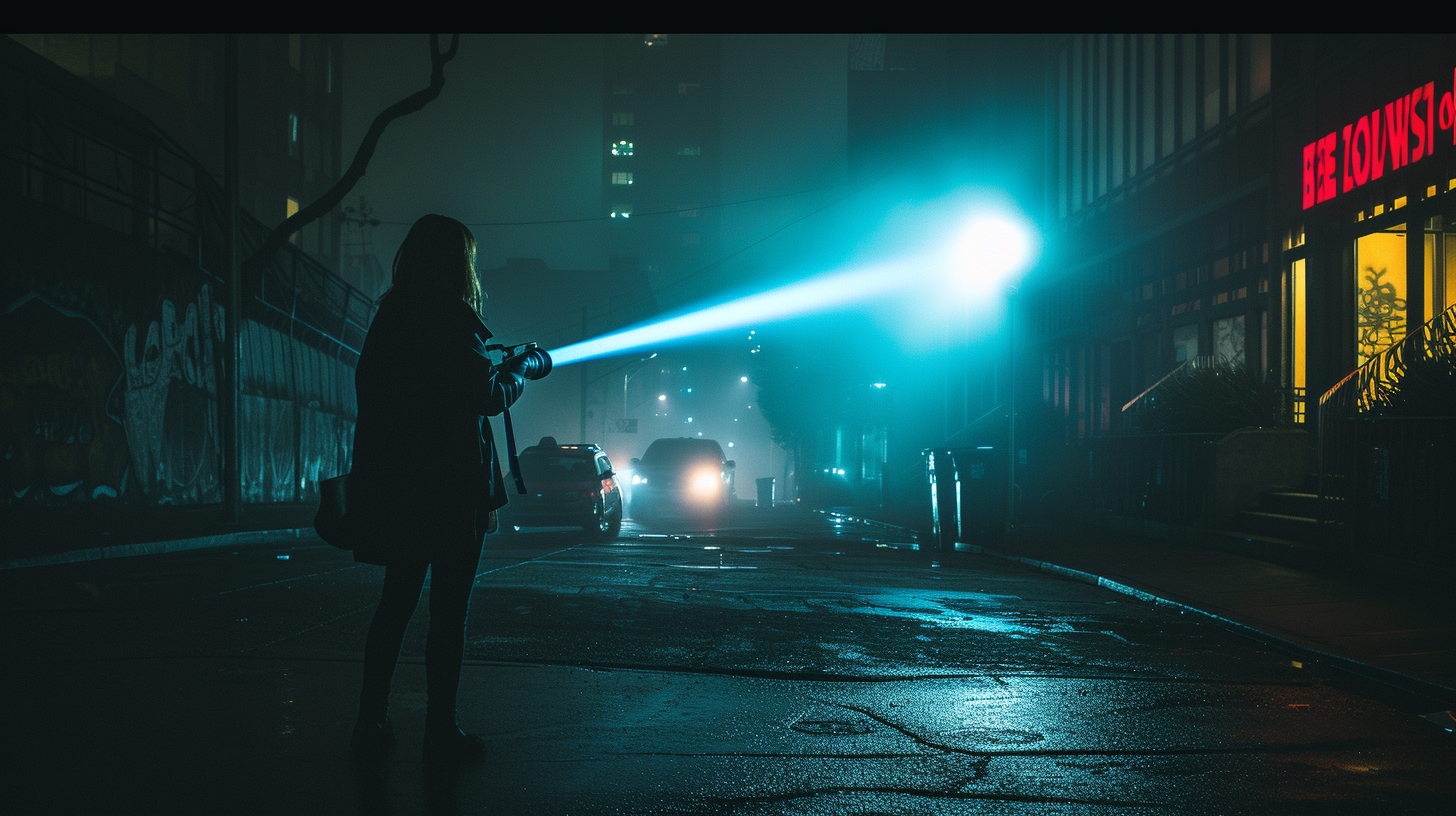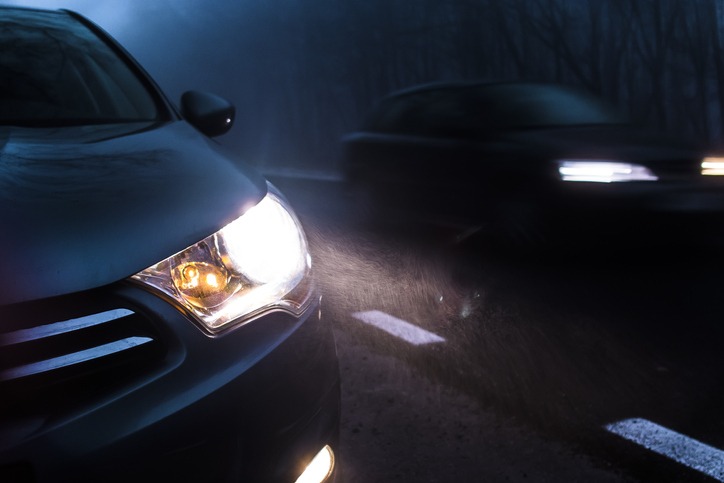How to Choose the Best Emergency Lighting for Your Home
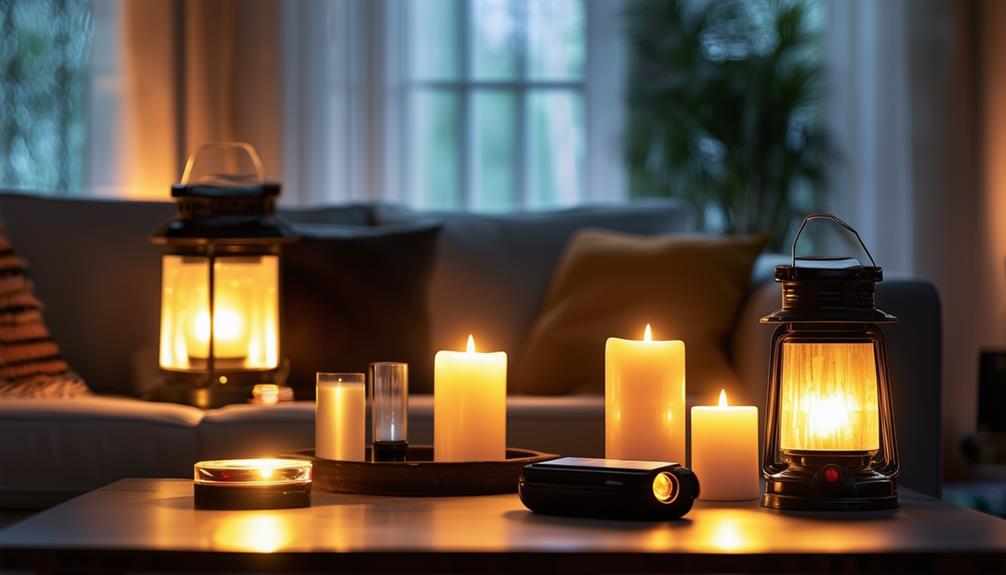
Selecting the best emergency lighting for your home involves evaluating several critical factors to ensure safety and functionality. Consider your home's layout and the specific types of lights that would best serve each area.
Ensure the lights comply with legal requirements and opt for energy-efficient options like LED lights to save money while providing reliable illumination during outages. Balancing brightness, battery life, and other essential features is crucial.
This guide will help you make an informed decision, guaranteeing both safety and efficiency in your home.
Understanding Emergency Lighting

Understanding emergency lighting starts with recognizing its crucial role in providing illumination during power outages, ensuring safety and visibility in your home. When the power goes out unexpectedly, emergency lighting helps you navigate your space securely, reducing the chance of accidents and enabling you to easily locate exits.
LED emergency lighting is particularly effective, offering energy efficiency, a longer lifespan, and compliance with building safety regulations. This makes it a dependable choice for both homes and commercial spaces. Emergency lighting systems are designed to activate automatically during power failures, typically using battery-backed devices to ensure functionality even during blackouts.
When considering emergency lighting, it's essential to understand the types of emergencies that could impact your home, such as power outages caused by storms, technical failures, or other unforeseen events. Selecting appropriate emergency lighting involves considering factors like the layout of your home, legal requirements, and the required brightness level (measured in lumens).
Types of Emergency Lighting
Let's explore the types of emergency lighting available for your home, beginning with battery-powered options. These include solar lights that harness sunlight and crank lights that generate power manually. Each type offers unique advantages, so consider which best suits your needs.
Battery-Powered Lighting Options
When preparing for power outages, battery-powered emergency lighting options such as flashlights, lanterns, and headlamps offer reliable and versatile solutions. These lights are valuable because they provide instant illumination without needing an external power source.
Flashlights are compact and easy to store, making them perfect for emergency kits. They come in various sizes and brightness levels, ensuring you have the right tool for any situation.
Lanterns can illuminate larger areas, making them ideal for rooms or outdoor spaces. Many modern battery-powered lanterns feature multiple settings, from dim to bright, and even include options for strobe or SOS signals, making them adaptable for different emergency scenarios.
Headlamps offer hands-free lighting, which is particularly useful when you need to perform tasks in the dark. Whether you're fixing a fuse, maneuvering through your home, or reading, a headlamp provides focused light and frees up your hands.
All these battery-powered options serve as excellent emergency lights with the added benefit of portability. With a reliable battery backup, you'll always have a dependable light source when you need it most.
Solar and Crank Lights
Solar and crank lights provide sustainable and reliable emergency lighting options that eliminate the need for disposable batteries. Solar-powered lights, like the Luci Lantern and Solar Tube Light, harness sunlight for illumination, making them eco-friendly and cost-effective. These lights are portable and versatile, ideal for a variety of emergency scenarios.
Crank-powered lights, such as crank flashlights and lanterns, offer a dependable manual charging method. By cranking the handle, you generate power, ensuring you have light even in the absence of sunlight. These lights are particularly useful during prolonged power outages when other power sources may be unavailable.
When choosing between solar-powered and crank-powered lights, consider the following factors:
| Factor | Solar-Powered Lights | Crank-Powered Lights |
|---|---|---|
| Power Source | Sunlight | Manual cranking |
| Portability | High | High |
| Usage Duration | Depends on sunlight | Depends on cranking time |
| Ideal For | Daytime use, outdoor | Nighttime use, indoor |
Selecting the right emergency light depends on your specific needs and the circumstances you may encounter. By incorporating both solar and crank options, you ensure preparedness for various emergency situations, day or night.
Maintained Vs. Non-Maintained Lights

When choosing between maintained and non-maintained emergency lights, the specific requirements of your building and its occupants are crucial factors to consider. Maintained lights are designed for continuous use, operating off the mains supply until a power outage occurs. These lights are often installed in public buildings such as shopping centers, serving dual purposes by providing both regular and emergency illumination. They're ideal for environments that need a constant light source, even during power failures.
In contrast, non-maintained lights are designed to activate only during emergencies. Powered by a backup battery, these lights are typically used in places like offices where occupants are familiar with the layout. Non-maintained lights remain off during normal operations, conserving energy and only illuminating when the mains power fails.
Your choice between these types of emergency lights depends on your specific needs. Maintained lights are suitable if your space requires constant lighting that transitions smoothly into emergency mode. Non-maintained lights are a more cost-effective option if you need lighting that activates solely during power outages.
Both types are essential for ensuring safety and compliance with building regulations.
Legal Requirements
When setting up emergency lighting, you must check your local building safety codes to understand the minimum lumens required. Ensuring compliance involves verifying that your lights meet these standards and are installed correctly. This process ensures your home is both safe and legally compliant.
Minimum Lumens Required
Understanding the minimum lumens necessary for emergency lighting in your home is crucial for complying with safety standards and ensuring adequate illumination during power outages. Lumens measure light output, with higher numbers indicating brighter light, which is essential for safe navigation and visibility in emergencies.
Building codes and regulations often specify varying minimum lumens required for emergency lighting in residential homes. Typically, these requirements ensure that hallways, staircases, and exit paths are sufficiently lit.
For instance, some regulations may mandate that emergency lights provide at least 1 lumen per square foot. This ensures that during a power outage, you, your family, and any visitors can safely navigate your home.
Choosing the right emergency lighting fixtures involves understanding these requirements and selecting products that meet or exceed them. By doing so, you not only comply with legal standards but also enhance the safety and security of your home.
Review your local regulations to determine the exact minimum lumens required and choose appropriate emergency lighting options accordingly.
Building Safety Codes
To ensure your home's emergency lighting system is both effective and legally compliant, it's crucial to familiarize yourself with the building safety codes that specify requirements. These codes, which can vary by region and building type, are essential for guaranteeing the safety and well-being of your home's occupants during emergencies.
First, understand the required brightness levels. Emergency lighting must meet specific lumen standards to ensure adequate visibility during power outages. This requirement ensures that everyone can see clearly enough to evacuate safely.
Next, focus on the placement of emergency lighting. Legal requirements often mandate that these lights be installed near exits, stairwells, and other critical areas. Proper placement is vital to guide occupants toward safe egress routes during an emergency. Non-compliance can result in inadequate illumination in key areas, posing significant risks.
Being well-versed in these legal requirements will help you make informed decisions when choosing emergency lighting for your home. By doing so, you ensure that your emergency lighting system not only meets legal standards but also provides the safety and security your family needs in critical situations.
Compliance Verification Process
Begin by confirming that your emergency lighting system complies with local building codes and regulations. Each jurisdiction has specific criteria that your emergency lights must satisfy, including minimum illumination levels and operational duration during power outages. Non-compliance can lead to fines and pose safety risks.
To ensure your emergency lighting system meets regulatory standards, follow these steps:
- Consult Local Building Codes: Each area has unique regulations for emergency lighting. Review these codes or seek advice from a professional to understand the exact requirements.
- Regular System Testing: Conduct periodic tests of your emergency lighting system to verify proper functionality. Ensure that it meets the mandated illumination levels and duration specified by local laws.
- Maintain Documentation: Keep detailed records of all compliance verification processes. This documentation is essential for future inspections and serves as proof of compliance with legal standards.
LED Emergency Light Recommendations
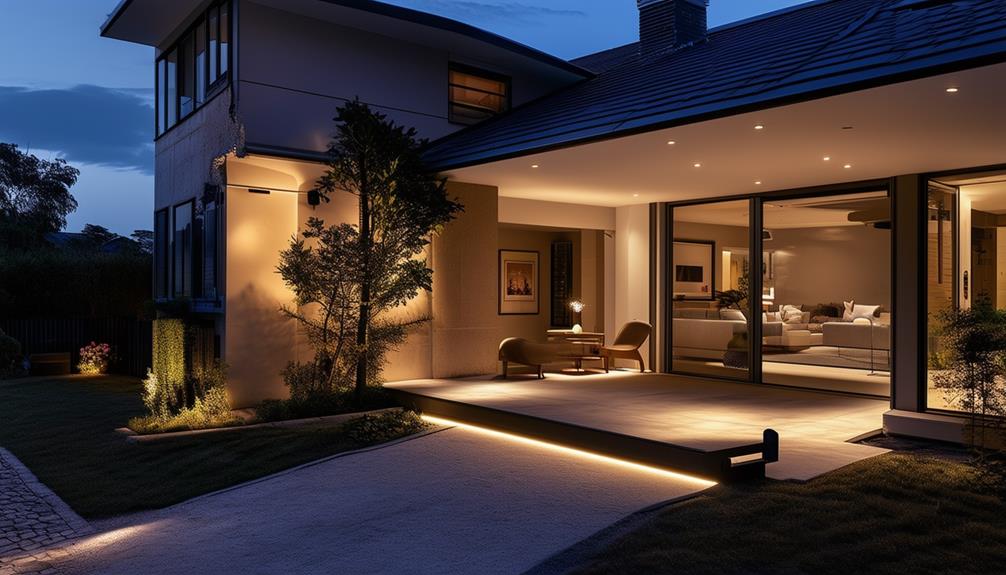
When selecting LED emergency lights for your residence, consider options like the Emergency SOLO All In One 10w LED Downlight for an energy-efficient solution. These lights are ideal for ensuring adequate illumination during power outages. They're designed to be highly energy-efficient, helping you save on electricity while providing reliable lighting when you need it most.
Look for LED emergency lights with advanced features such as timers that automatically turn off the battery once power is restored. This feature conserves energy and prolongs the lifespan of the light, making it a wise investment for your home.
Additionally, LED emergency lights are known for their long-lasting nature and eco-friendliness, making them a superior choice over traditional lighting methods.
To ensure peace of mind, choose LED emergency lights that come with a warranty and detailed specifications. This way, you know exactly what you're getting and can depend on the product's reliability.
LED emergency lights are also cost-effective, offering enhanced safety during power outages without straining your budget. By investing in quality LED emergency lights, you're securing a safer and more energy-efficient home environment.
Features and Benefits of LED Lights
LED lights offer numerous benefits that make them an excellent choice for emergency lighting in your home. Most importantly, LED emergency lights are incredibly energy-efficient, using less power compared to traditional lighting options. This not only helps you save on electricity bills but also ensures that your emergency lights last longer during power outages.
Additionally, LED lights have a remarkably long lifespan, often lasting up to 25,000 hours or more, making them a highly durable option for your emergency lighting needs.
Another significant advantage is that LED lights are environmentally friendly. Due to their energy efficiency and the absence of hazardous materials like mercury, they contribute less to environmental pollution. Furthermore, many LED emergency lights come with smart features, such as timers that automatically shut off the battery power once the main power is restored, adding convenience and peace of mind.
To summarize, here are three key benefits of using LED lights for emergency lighting:
- Energy Efficiency: Save on electricity bills and get longer-lasting light during outages.
- Durability: Enjoy a longer lifespan compared to traditional lights.
- Eco-Friendly: Reduce environmental impact and avoid hazardous materials.
Importance of Emergency Lighting
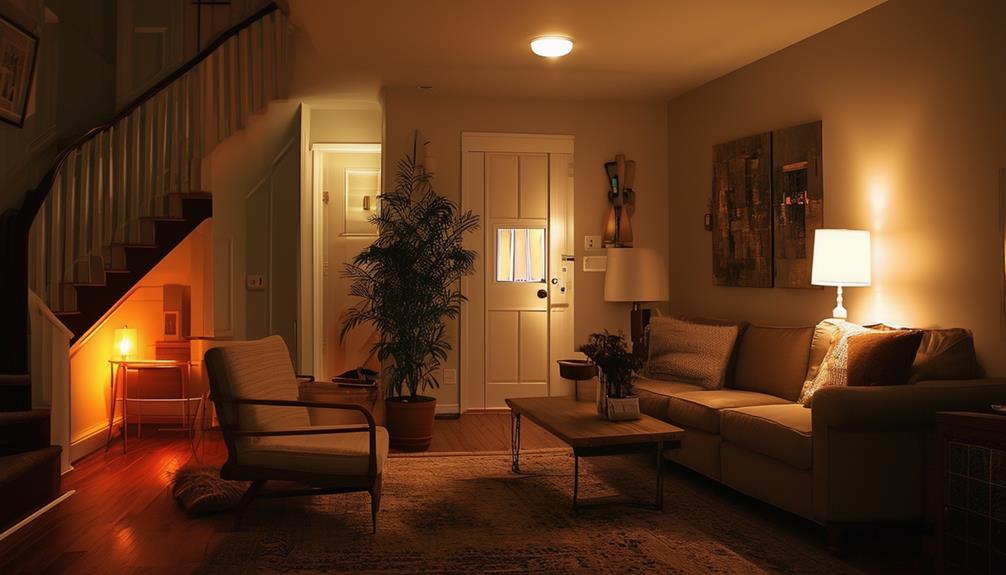
Having emergency lighting in your home is crucial for maintaining both safety and security during unexpected power outages. When the power fails, navigating your home can become difficult and hazardous. Emergency lighting helps you move around safely, reducing the risk of trips and falls and facilitating a secure exit if evacuation becomes necessary.
Inadequate emergency lighting can make your home vulnerable to criminals who take advantage of darkness. A well-lit home during a power outage discourages intruders and provides a sense of security. Additionally, having reliable emergency lighting can significantly reduce stress and anxiety, helping you maintain control in a crisis situation.
Emergency lighting offers not only physical safety but also emotional reassurance. Knowing you have a dependable light source can make a substantial difference in how you and your family handle emergencies. It promotes calm and ensures that everyone can exit safely if needed.
Therefore, the importance of emergency lighting in your home can't be overstated. It provides security, comfort, and peace of mind when the lights go out unexpectedly.
Power Source and Battery Life
Why is the power source and battery life of emergency lighting crucial for your home's safety during blackouts? Without reliable power, your emergency lights won't function when you need them most. Ensuring your lights are ready during prolonged power outages is essential.
Consider rechargeable emergency lights with lithium-ion batteries, known for their long-lasting power and efficiency. These batteries are an excellent choice to keep your home illuminated during extended blackouts. Opt for models that offer at least 3 hours of continuous light, providing ample time to manage any power interruption and ensure your family's safety.
When evaluating emergency lights, keep these key points in mind:
- Battery Type: Opt for lithium-ion batteries for their reliability and efficiency.
- Continuous Light Duration: Choose lights that offer at least 3 hours of continuous operation.
- Adjustable Brightness: Look for models with adjustable brightness levels and multiple lighting modes.
Brightness and Illumination Range

Selecting emergency lights with the appropriate brightness and illumination coverage ensures you can safely navigate your home during blackouts. Aim for lights that offer between 200-600 lumens to provide adequate brightness for household activities. This range is sufficient to illuminate rooms, hallways, and stairs effectively, ensuring safe movement for you and your family.
Another crucial factor is the illumination reach. Opt for emergency lights with a beam distance of 20 to 50 meters. This range ensures that the light covers a substantial area, allowing you to see obstacles and navigate your home safely. Higher lumen output and broader illumination are especially important for larger spaces or multi-level homes.
When evaluating emergency lights, always consider both brightness and illumination coverage to ensure they meet your needs. Whether dealing with a power outage or needing extra lighting in dark corners, these factors will help you select the best options.
Don't compromise on these aspects, as they're essential for maintaining safety and visibility during emergencies.
Conclusion
To ensure your home remains secure during power outages, select emergency lighting that suits your layout, meets legal requirements, and offers appropriate brightness levels. Opt for energy-efficient LED lights with long lifespans and reliable lithium-ion batteries that provide at least 3 hours of illumination.
Ensure the lighting has adjustable settings and complies with safety standards. By making an informed choice, you can prioritize safety and have peace of mind knowing your home is protected during emergencies.
Choose wisely and enhance your home's readiness today.

